NSF and SpaceX reach agreement to reduce Starlink effects on astronomy
Original Publication Date: 2023-01-12 19:54
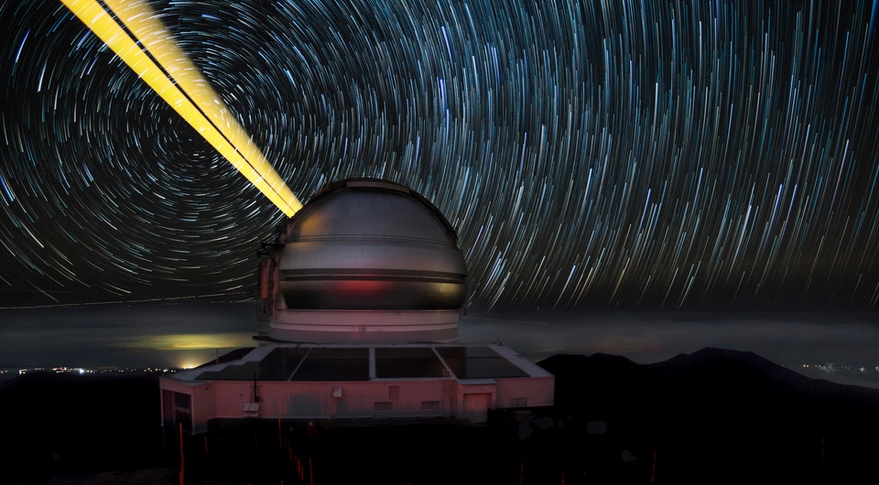
National Science Foundation reaches agreement with SpaceX on Starlink constellation. SpaceX agrees to dim satellites to no brighter than the 7th magnitude. Another organization is going to court to block the constellation’s deployment. International Dark-Sky Association says FCC failed to follow environmental law.
SpaceX edges closer to first Starship orbital launch attempt
Original Publication Date: 2023-01-13 13:05
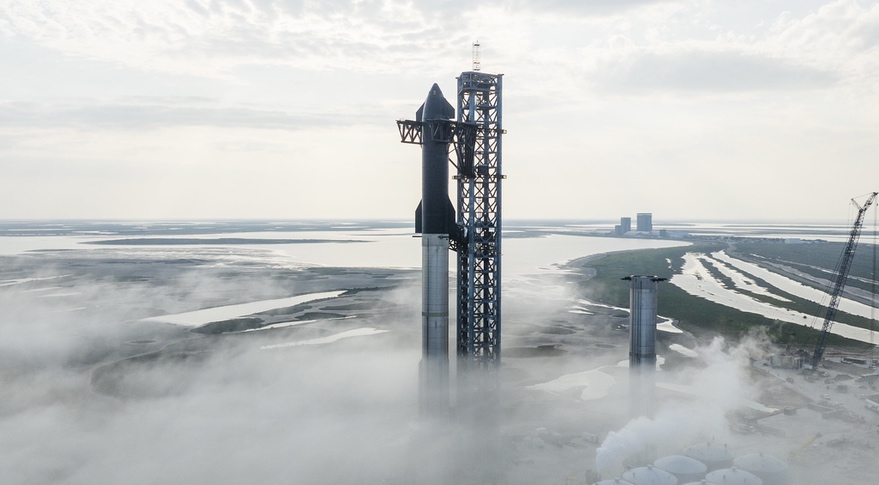
SpaceX is moving ahead with a final series of tests of its Starship vehicle and Super Heavy booster. The company installed a Starship vehicle called Ship 24 on top of a Super Heavy booster. SpaceX did not estimate when that launch could take place other than the "weeks ahead"
Virgin Galactic restructures leadership as it prepares to resume flights
Original Publication Date: 2023-01-13 00:07
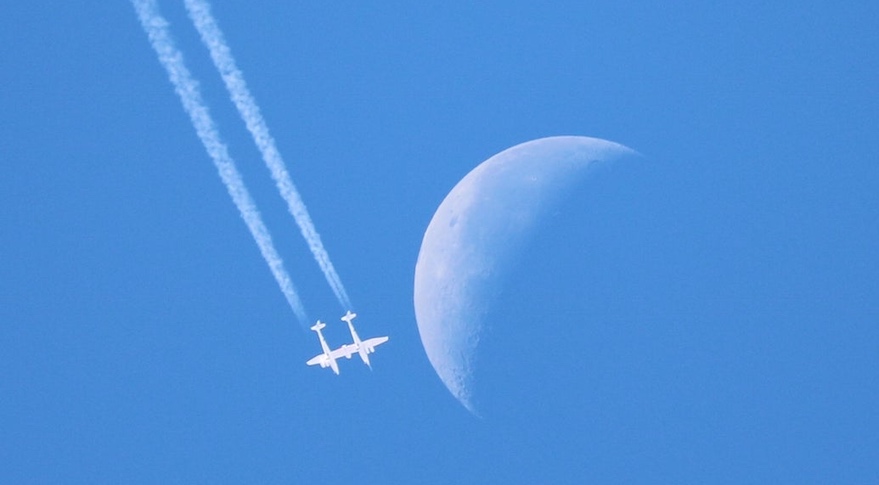
Virgin Galactic is reorganizing its leadership and parting ways with a senior executive. Swami Iyer, president of aerospace systems, is leaving that position effective immediately. Mike Moses will serve as president of spaceline missions and safety. The leadership restructuring comes almost 18 months after SpaceShipTwo’s last flight.
NorthStar using Axelspace’s Earth-imaging satellites to monitor orbits
Original Publication Date: 2023-01-13 21:35
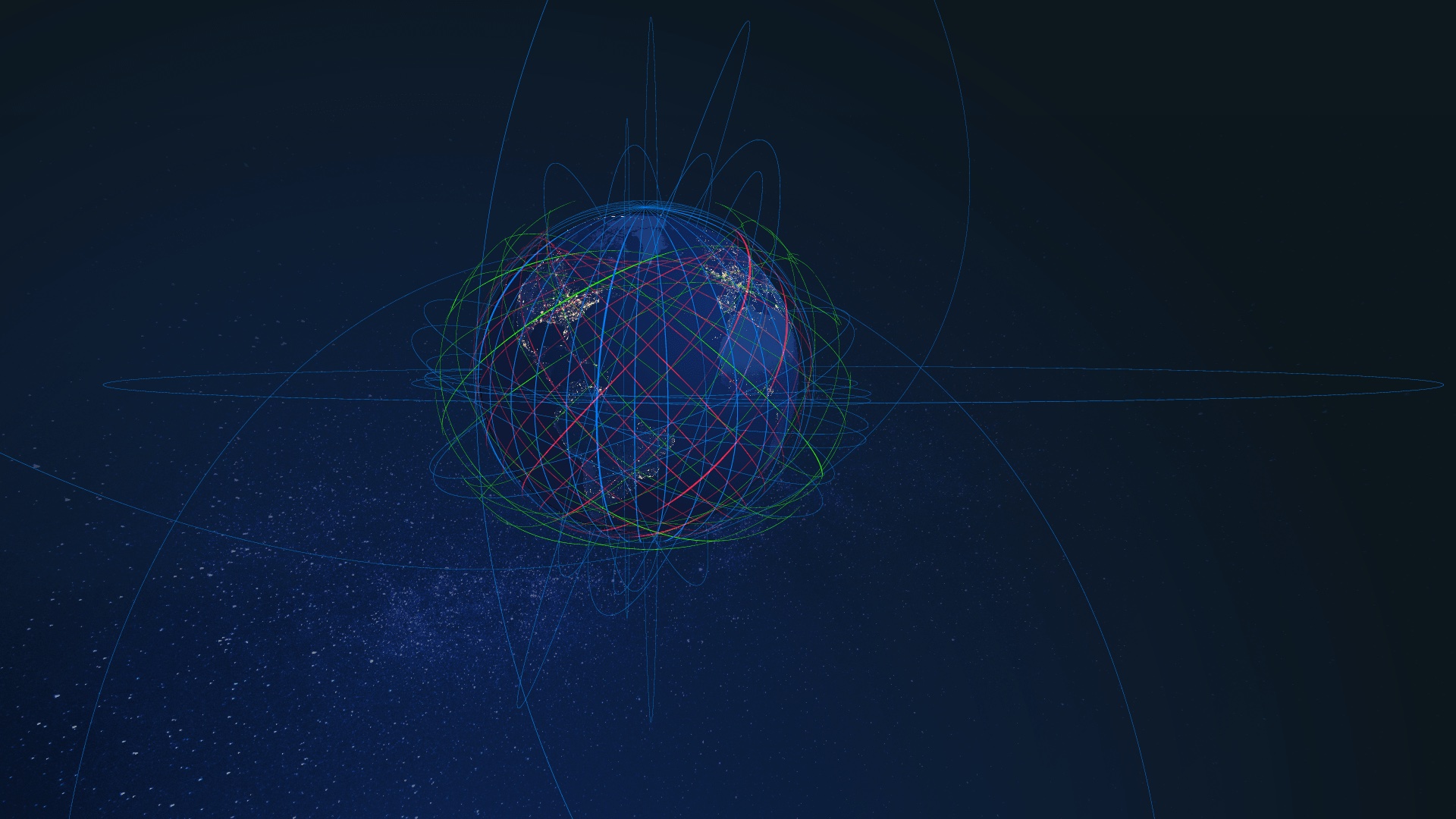
Five Earth observation satellites from Japan’s Axelspace are helping NorthStar Earth and Space. Software update has enabled the satellites to collect SSA data as they travel across the dark side of the planet. The satellites can collect data on LEO objects above their own operational altitude of 585 kilometers.
Space Force weighing new approach for selecting national security launch providers
Original Publication Date: 2023-01-13 20:22

The changes would affect the National Security Space Launch (NSSL) Phase 3 procurement. United Launch Alliance and SpaceX won the Phase 2 competition in 2020. Their current contracts will be re-competed in 2024. An option under consideration for NSSL Phase 3 is to create “on ramps”
Stratospheric ballooning company World View to go public in SPAC deal
Original Publication Date: 2023-01-13 18:26
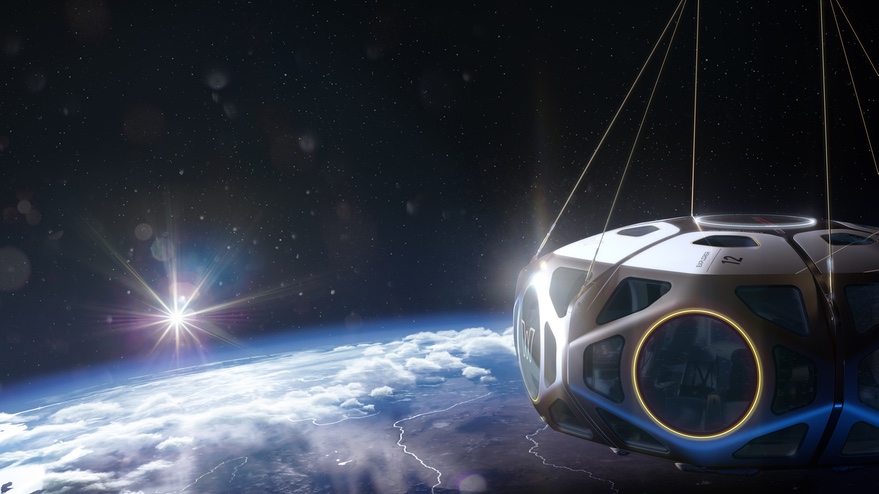
World View will merge with Leo Holdings Corp. II, a SPAC on the New York Stock Exchange. The companies said they expect the deal to close in the second quarter of the year. World View says it will use the funding from the SPAC deal to expand its business.
U.S. Space Force chief: Russia’s missteps in Ukraine serve as a cautionary tale
Original Publication Date: 2023-01-13 00:00

U.S. Chief of space operations wants to make sure U.S. Space Force is not caught unprepared. U.S. Military has the world’s most advanced satellites and hardware. Space Force units will need to practice electronic warfare, operations against GPS jamming.
NASASpaceFlight.com
India launches a new ocean monitoring satellite on Saturday morning. The EOS-06 spacecraft was delivered into a low Earth orbit. The mission, PSLV C54, lifted off from the Satish Dhawan Space Centre at 11:56 local time (06:26 UTC)
Commercial Archives
SpaceX is preparing to carry out the first Starlink launch of 2023 with a mission that will place 51 satellites into orbit. The Group 2-4 mission, which was delayed from November, is now slated for liftoff at 8:18 AM PST Sunday (16:18 UTC)
International Archives
China has launched two more missions to orbit. First, a Chang Zheng 2C launched from the Xichang Satellite Launch Center (XSLC) on Thursday at 18:10 UTC, carrying APStar-6E. On Friday, a Chang Zheng2D was launched from the Jiuquan Satellite Launch Center (JSLC), carrying the Yaogan-37 & Shiyan-22 A/B payloads.
ISS Updates – Spaceflight101 – International Space Station

A veteran NASA spacewalker and an EVA rookie from Japan ended their week with nearly six hours of work outside the International Space Station. The restoration of the Station’s Mobile Servicing System started last year and continued in January to provide Canadarm2 with a new pair of grappling hands.
Featured – Spaceflight101

A SpaceX Falcon 9 took to the skies over Florida’s Cape Canaveral Monday afternoon. The flight-proven Dragon spacecraft will deliver science gear, supplies and maintenance hardware to the International Space Station. It is the first of at least six cargo ships inbound to the U.S. Segment of ISS this year.
News – Spaceflight101

Russia's Rockot booster is set to blast off from the Plesetsk Cosmodrome at 17:57 UTC with the Sentinel-3B multi-function satellite. Sentinel-3B is the latest addition to the Copernicus constellation of European space telescopes.
Re-Entry: Long March 11 Rocket Body – Spaceflight101

The CZ-11 fourth stage used leftover propellant for a partial de-orbit maneuver, lowering its perigee to 120 Kilometers. It is reportedly built around a YF-50 main engine and in a nominal mission conducts the orbital circularization after the three CZ-11 stages finish their job.
NASA’s Lunar Flashlight Team Assessing Spacecraft’s Propulsion System

Lunar Flashlight is the first interplanetary spacecraft to use a new kind of ‘green’ propellant. It will use an energy-efficient near-rectilinear halo orbit, taking it within 9 miles (15 kilometers) of the lunar South Pole and 43,000 miles (70,000 kilometers) away at its farthest point.
NASA Scientists and Satellites Make Sense of Earth’s Subtle Motions

Earthquakes occur at places where two sides of a fault line have become stuck together, or locked. Creeping faults are less likely to produce large earthquakes because the motion relieves much of the stress. With data collected from dozens of NASA airborne InSAR flights since 2009, scientists are mapping where the Hayward Fault is creeping.
NASA’s TESS Discovers Planetary System’s Second Earth-Size World

Scientists have identified an Earth-size world, called TOI 700 e, orbiting within the habitable zone of its star. The world is 95% Earth’s size and likely rocky. Astronomers previously discovered three planets in this system, called TOi 700 b, c, and d.
NASA Wants You to Help Study Planets Around Other Stars

Exoplanet Watch is a NASA program that allows people to look for exoplanets in data from other telescopes. Participants can use their own telescopes to detect planets outside our solar system. Exoplanet Watch began in 2018 under NASA’s Universe of Learning program.
NASA Space Missions Pinpoint Sources of CO2 Emissions on Earth

Large facilities such as power plants and refineries account for about half of global carbon dioxide emissions from fossil fuels. Bełchatów Power Station, in operation since 1988, is the largest lignite-fired power plant in the world. The Polish government has drafted plans to close the plant by the end of 2036. NASA data could be used more extensively in quantifying CO2 point-source emissions.
Watch the Latest Water Satellite Unfold Itself in Space

The Surface Water and Ocean Topography (SWOT) satellite launched into Earth orbit on Friday, Dec. 16. The solar arrays fully deployed shortly after launch, taking about 10 minutes. The mission monitors and controls the satellite using telemetry data, but it also equipped spacecraft with four customized commercial cameras.
Construction Begins on NASA’s Next-Generation Asteroid Hunter
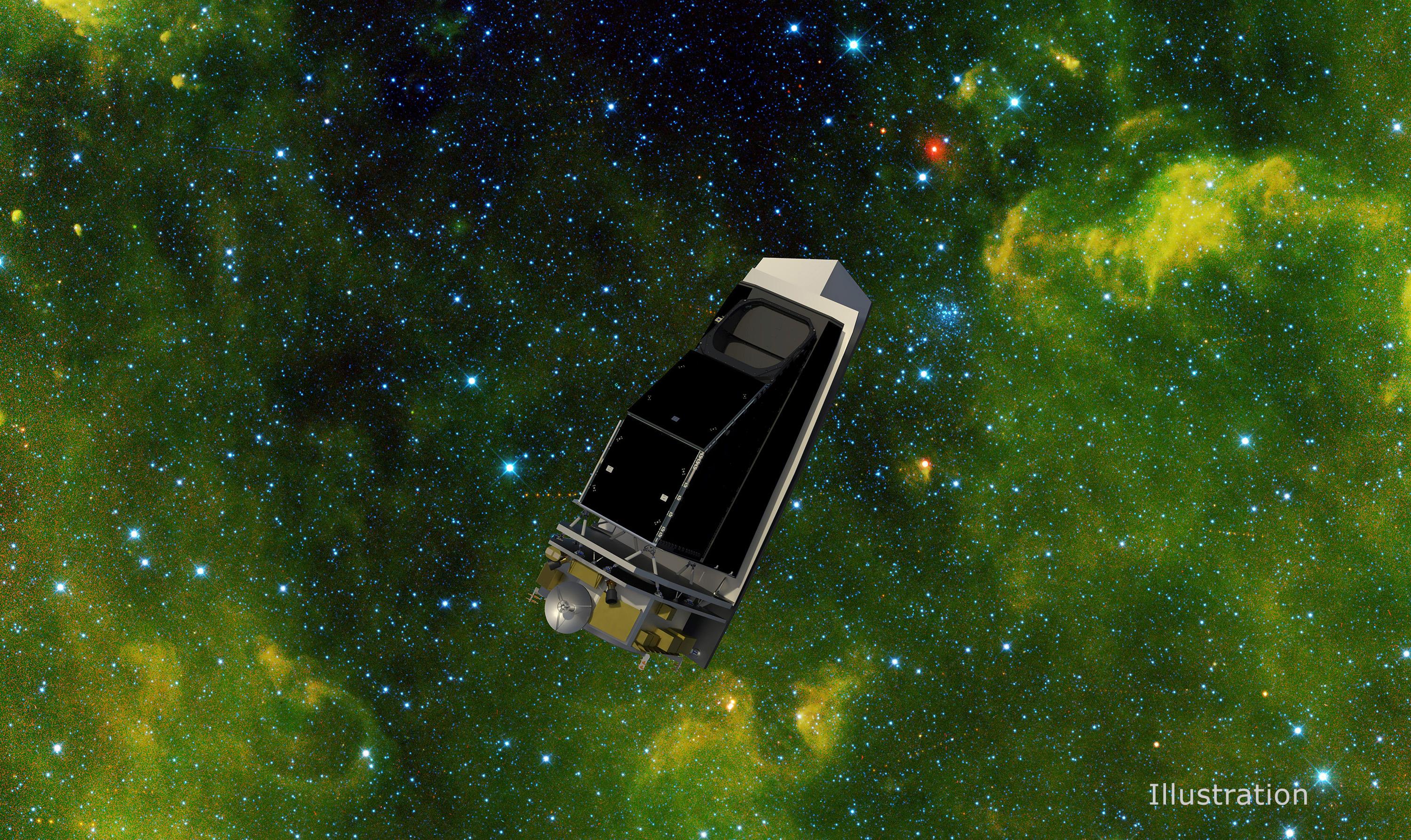
NASA’s Near-Earth Object Surveyor recently passed a rigorous technical and programmatic review. The mission is transitioning into the final design-and-fabrication phase. The mission supports the objectives of NASA’s Planetary Defense Coordination Office. The NASA Authorization Act of 2005 directed NASA to discover and characterize at least 90% of the near-Earth objects more than 140 meters (460 feet) across.
